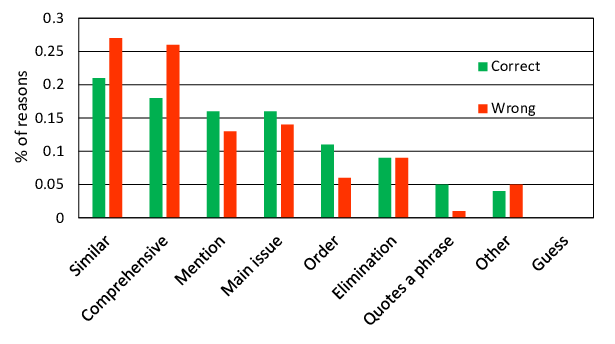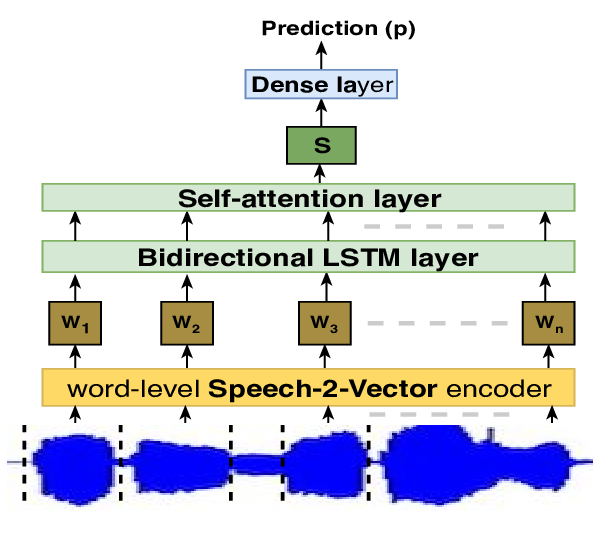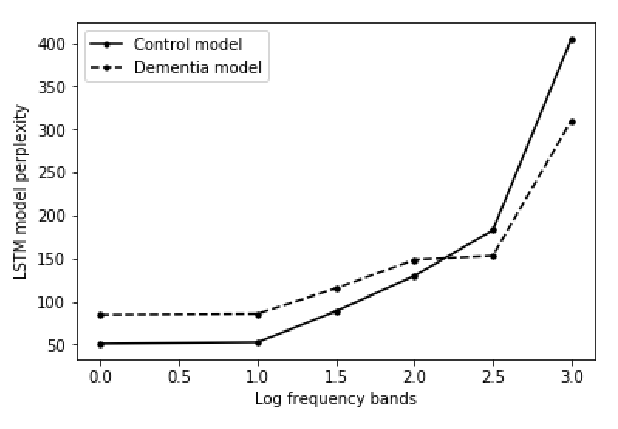Learning to Understand Child-directed and Adult-directed Speech
Lieke Gelderloos, Grzegorz Chrupała, Afra Alishahi
Cognitive Modeling and Psycholinguistics Short Paper
Session 1A: Jul 6
(05:00-06:00 GMT)

Session 5B: Jul 6
(21:00-22:00 GMT)

Abstract:
Speech directed to children differs from adult-directed speech in linguistic aspects such as repetition, word choice, and sentence length, as well as in aspects of the speech signal itself, such as prosodic and phonemic variation. Human language acquisition research indicates that child-directed speech helps language learners. This study explores the effect of child-directed speech when learning to extract semantic information from speech directly. We compare the task performance of models trained on adult-directed speech (ADS) and child-directed speech (CDS). We find indications that CDS helps in the initial stages of learning, but eventually, models trained on ADS reach comparable task performance, and generalize better. The results suggest that this is at least partially due to linguistic rather than acoustic properties of the two registers, as we see the same pattern when looking at models trained on acoustically comparable synthetic speech.
You can open the
pre-recorded video
in a separate window.
NOTE: The SlidesLive video may display a random order of the authors.
The correct author list is shown at the top of this webpage.
Similar Papers
Out of the Echo Chamber: Detecting Countering Debate Speeches
Matan Orbach, Yonatan Bilu, Assaf Toledo, Dan Lahav, Michal Jacovi, Ranit Aharonov, Noam Slonim,

Towards end-2-end learning for predicting behavior codes from spoken utterances in psychotherapy conversations
Karan Singla, Zhuohao Chen, David Atkins, Shrikanth Narayanan,

Noise-Based Augmentation Techniques for Emotion Datasets: What do we Recommend?
Mimansa Jaiswal, Emily Mower Provost,

